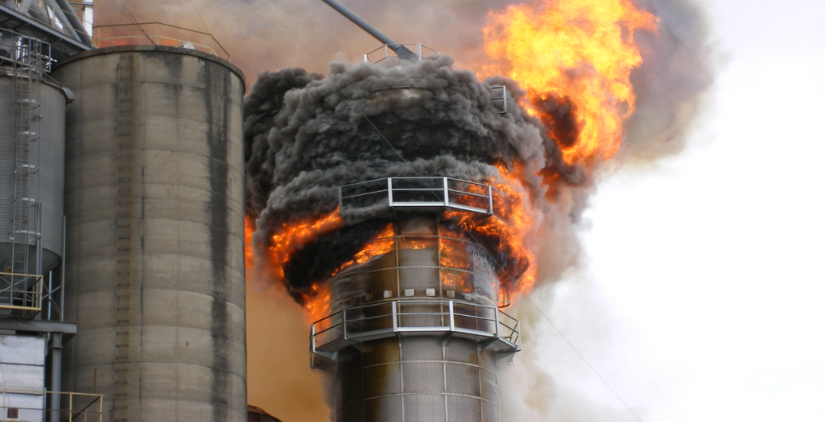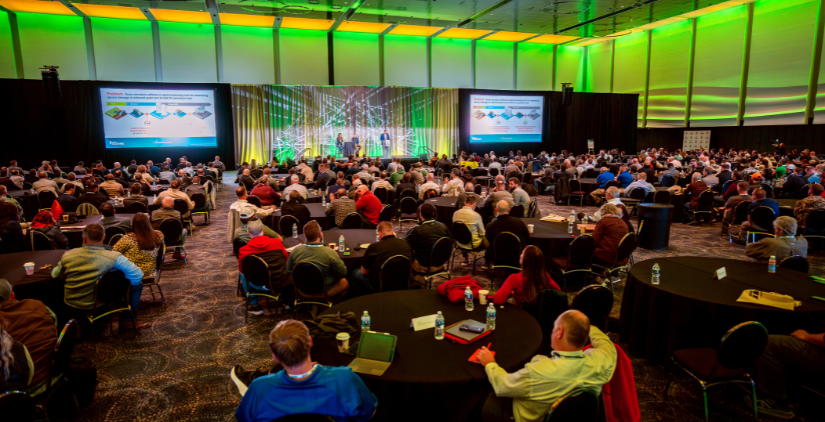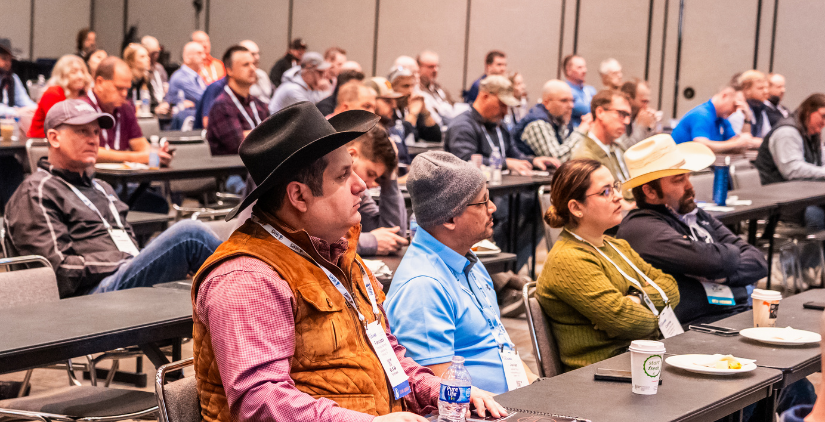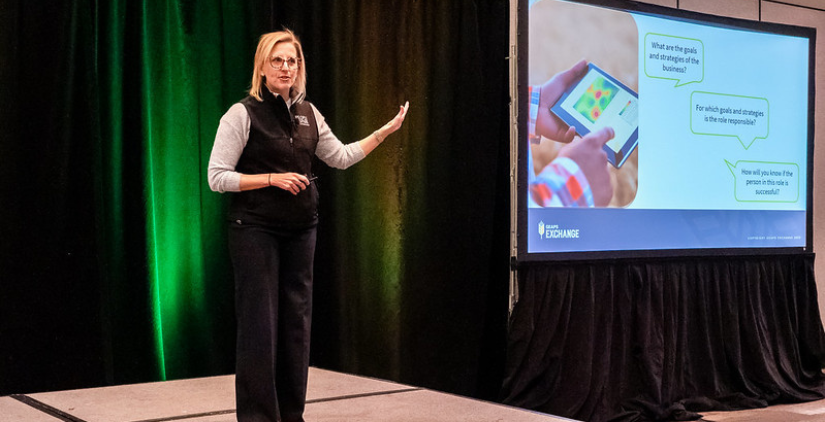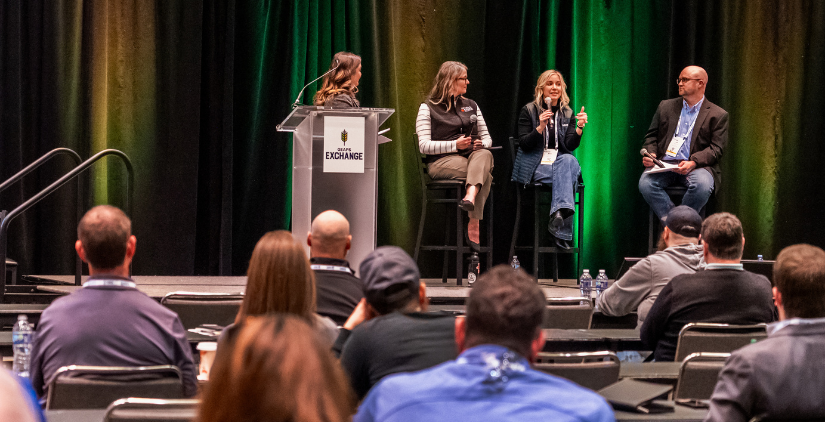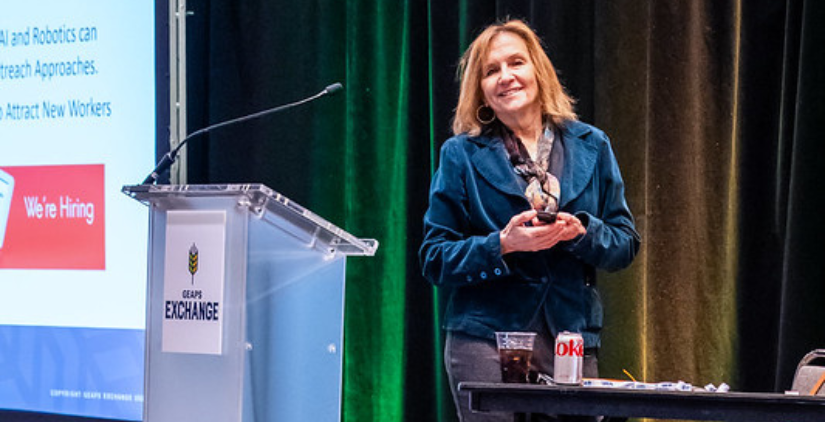GEAPS’ Video Library contains summaries of education sessions from GEAPS Exchange events, webinar recordings, and more. This is a member-exclusive benefit. Whether you were unable to attend any of the live events or are searching for a particular topic, this educational resource provides tremendous value.
If you’re not a member, we’d love to have you join us!
The Need for a Universal Measurement Tool for the Grain Industry
Damian Goldring
SCIO
Bryce Eger
Eger Solutions, Inc.
Lessons from the Fire- A Firsthand Account of a Grain Dryer Fire at MAC
Chuck Kunisch
Michigan Agricultural Commodities (MAC)
GEAPS Exchange 2025: The Buyer/Seller Dynamic – Why Have a System?
Frank Gustafson
Sandler by Strategic Training Partners Inc.



